
Waxhaw Town
Overview towards North Carolina Highway 16, and McDonald Street on the left-hand side

Overview towards North Carolina Highway 16, and McDonald Street on the left-hand side
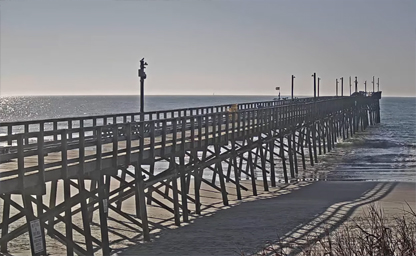
Conveniently situated at the center of the island at 101 W
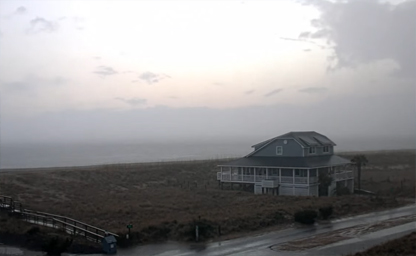
Southwest Atlantic Ocean view of South Beach Access 15
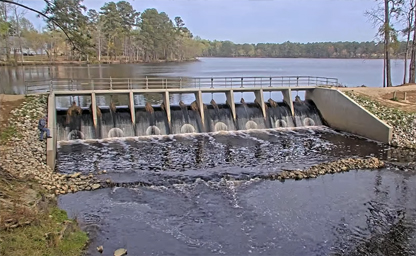
See what's going on at the Lake Wilson Spillway
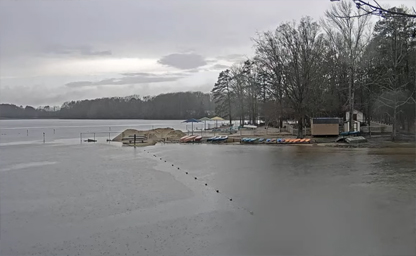
A family-oriented, water-based recreation space that encompasses 1,050 acres
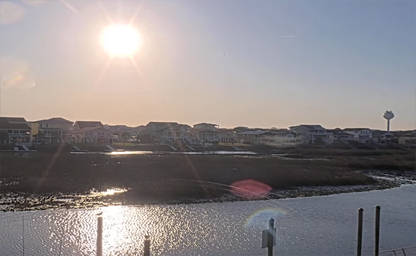
We hope you enjoy the stunning views from our waterway cam
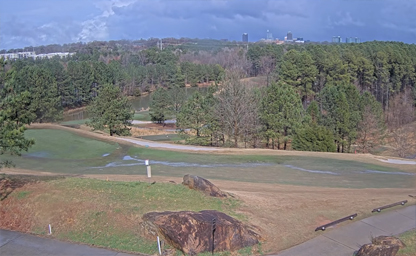
The only collegiate golf course in the world designed by the legendary Arnold Palmer

A must see for anyone visiting the Wrightsville Beach - Wilmington are
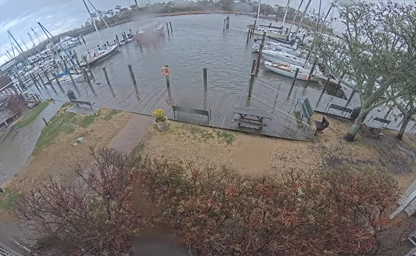
It is a small but deep and well-protected harbor

It is a living museum of local history, architectural marvels, and natural wonders

Park featuring a performance stage, splash pad, and picnic shelter, plus murals, and lawn games

Known for its distinctive combination of world-class academics
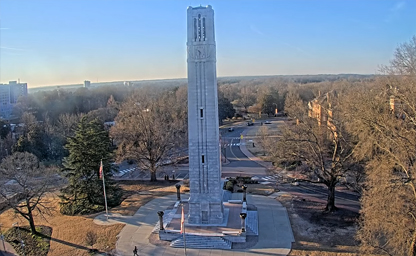
Located on the Main Campus of North Carolina State University in Raleigh

Is lined with a few quality coffee shops and pubs, and located next to Manteo Waterfront Marina

Downtown Reidsville is waking up with new sidewalks, streetscapes, murals, and more

A distinctive art park with kinetic sculptures made by the American folk artist Vollis Simpson

Shows an intersection on a typical straight main street
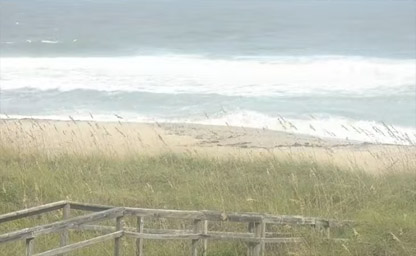
Overlooking the gorgeous Atlantic Ocean at 412 Carolina Beach Avenue North
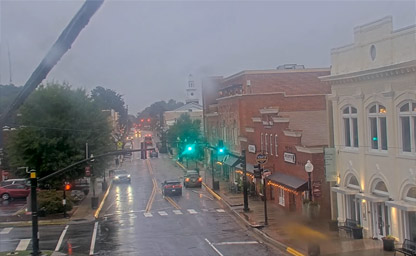
Considered one of the most intact turn-of-the-century railroad towns in the area
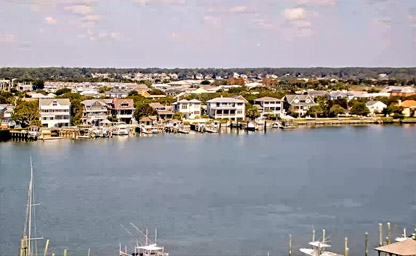
Soundside traffic with views of the main bridge

On one of the oldest and longest piers on the Outer Banks, NC
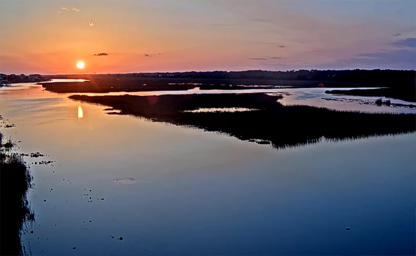
Enjoy the beautiful view from the Tiki Deck at Jinks Creek Waterfront Grille
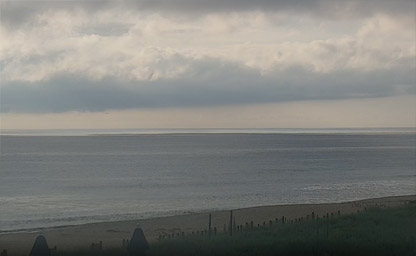
Situated in North Carolina’s beautiful Outer Banks
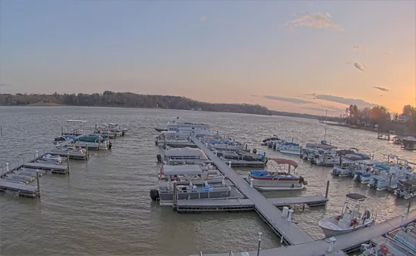
It is the county seat of Alexander County

A city in and the county seat of Wayne County

A city in Polk and Henderson counties

A town in and the county seat of Johnston County

A town in Durham and Orange counties in the U.S. state of North Carolina
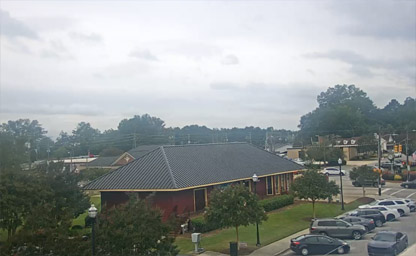
A town in the beautiful Black River Township of Harnett County
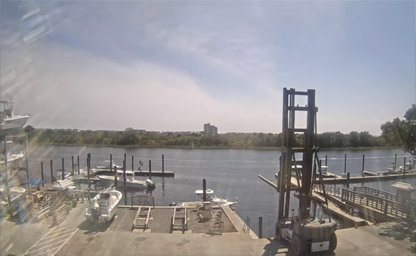
A small seaside town in Brunswick County
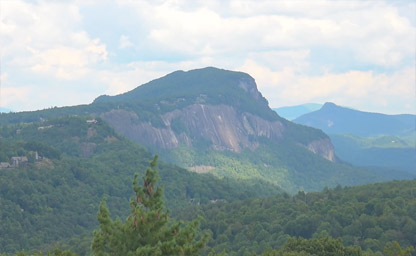
A panoramic view of the mountains surrounding Highlands
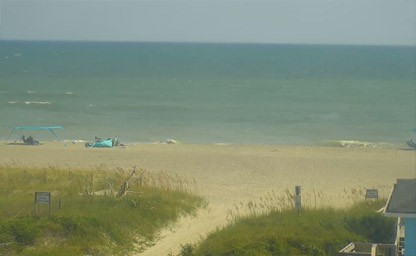
A south facing island on the Southern coast of North Carolina
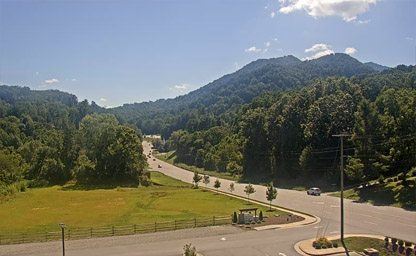
It is the largest town in North Carolina west of Asheville

An unincorporated community in Transylvania County

Situated in the northwest corner of North Carolina's High Country
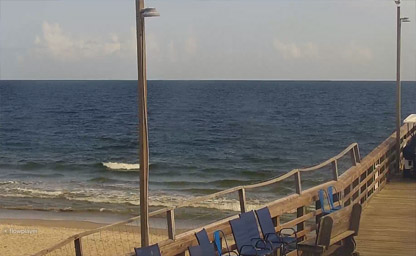
The most populous town in Brunswick County

An unincorporated village located in southern Jackson County
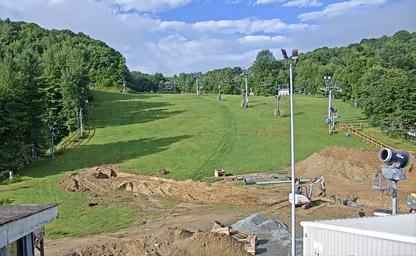
North Carolina's first ski area - Great Skiing in the Great Smokies
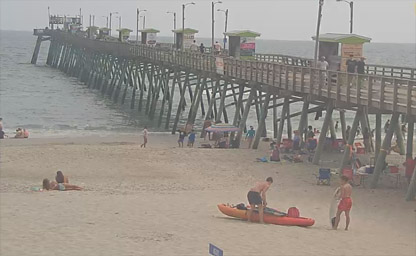
A town on Bogue Banks Island, part of North Carolina’s Crystal Coast
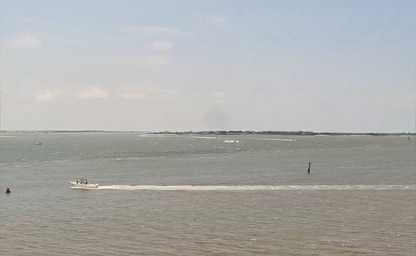
Situated on the coast in Southeastern North Carolina
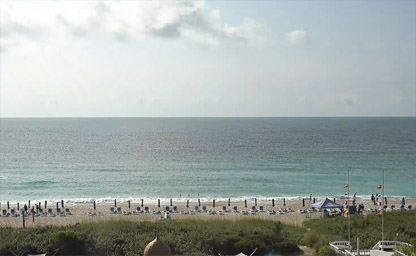
A town in New Hanover County, North Carolina

A public university in Boone, North Carolina, situated on top of Anne Belk Hall on App State’s campus
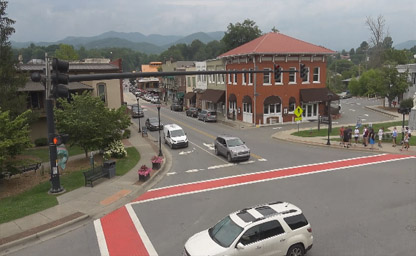
It’s a gateway to Great Smoky Mountains National Park
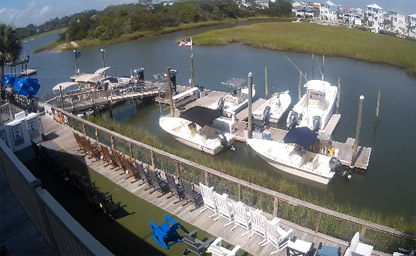
A small seaside town in Brunswick County
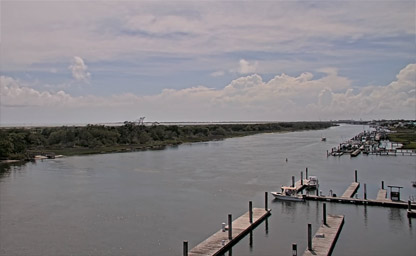
A town in and the county seat of Carteret County
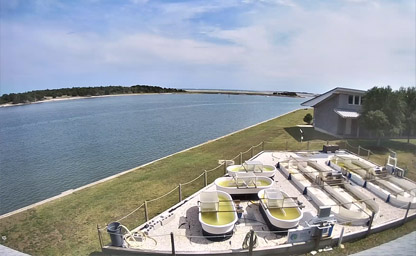
At the Duke Marine Lab Pilkey Center and Algae Ponds

It's bordered by the Cape Hatteras National Seashore

Barrier islands off the coast of the U.S. state of North Carolina

A small but busy town in Buncombe County

Southwest of Highlands and northeast of Dillard

In the heart of the Great Smoky Mountains
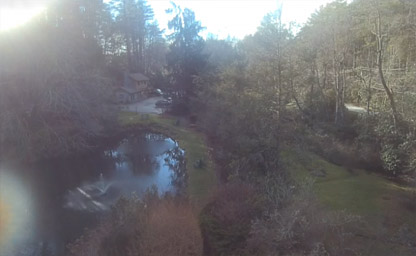
Views of Highlands weather

Located from Appalachian State University, a public university in Boone
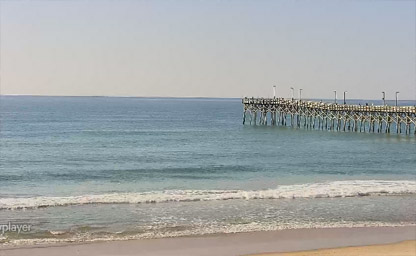
Fishing pier in Wrightsville Beach, North Carolina

A town in North Carolina’s Blue Ridge Mountains
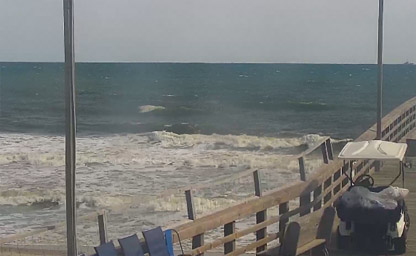
Situated on the southeastern corner of the Tar Heel State
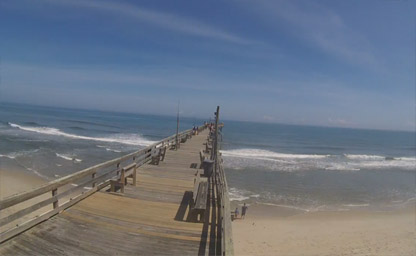
Rodanthe Fishing Pier on Hatteras Island

An incorporated town in Macon County
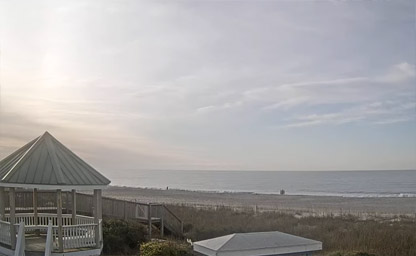
A seaside town in Brunswick County
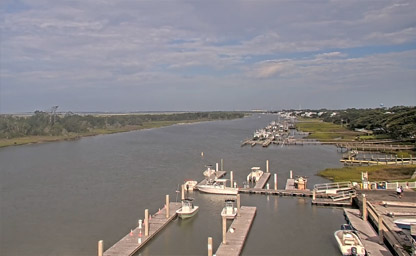
Live streaming of the waterfront at the Beaufort Hotel on the Outer Banks

The Durham Bulls Athletic Park (DBAP) was designed by HOK Sport + Event + Venue

At the North end of the Basnight Bridge
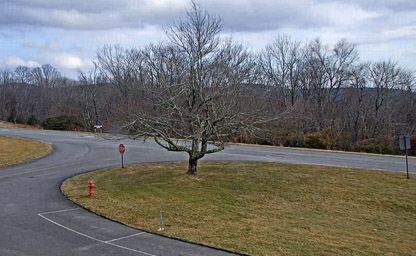
At The Bluffs Restaurant at milepost 241 near Sparta
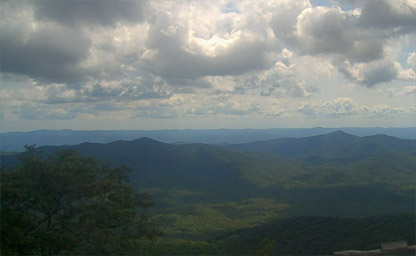
A beautiful mountain in the Appalachian Mountain Range

Watch the beach on the beautiful Outer Banks
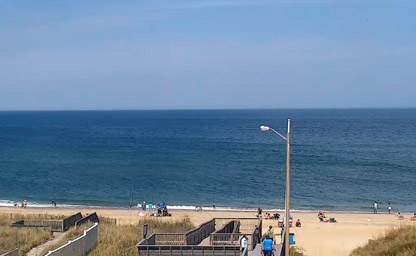
Atlantic Ocean from the Ocean Bay Boulevard Regional Beach
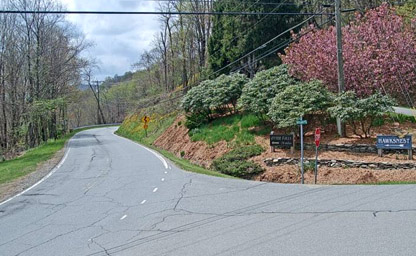
A beautiful town in Watauga and Avery counties in the state of North Carolina

A beautiful town in North Carolina’s Blue Ridge Mountains
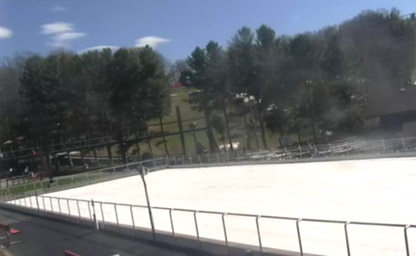
Views of peaks, forests and the Johns River Gorge
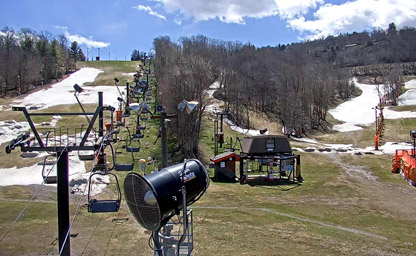
See a live look at the slopes and terrain parks in real time
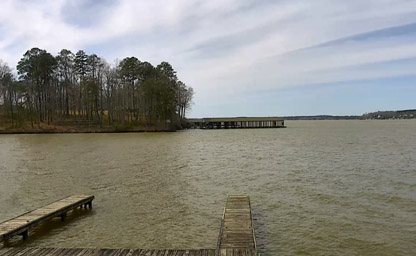
A hydroelectric reservoir in the eastern United States
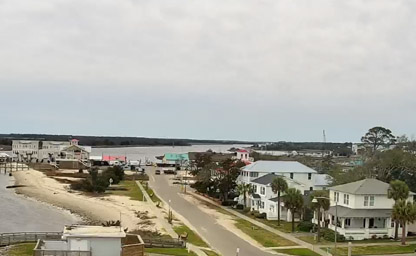
Coastal area between Wilmington and Myrtle Beach

An incorporated town in Macon County
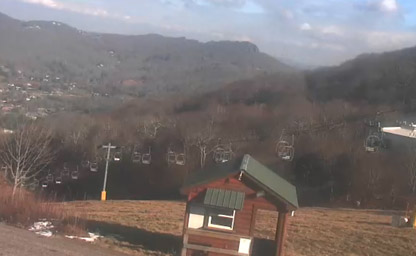
Located from Blue Ridge Mountains, a physiographic province of the larger Appalachian Mountains range
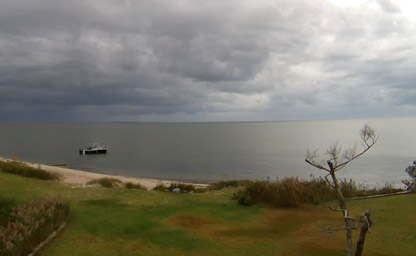
Ocracoke Island is truly a place to enjoy yourself
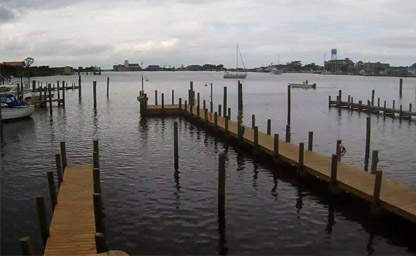
Ocracoke Island is one of the few island paradises left on the East Coast
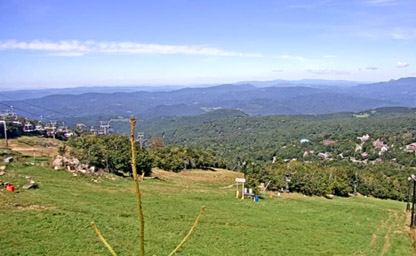
The highest ski resort in Eastern North America
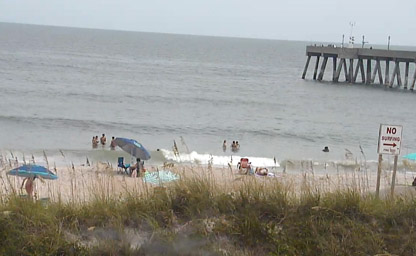
A beautiful town in New Hanover County
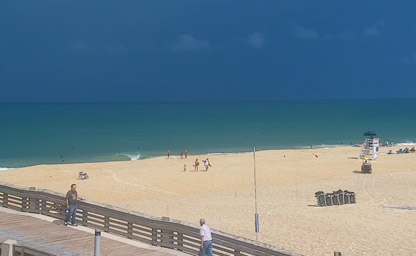
On Roanoke Island and at Pine Knoll Shores
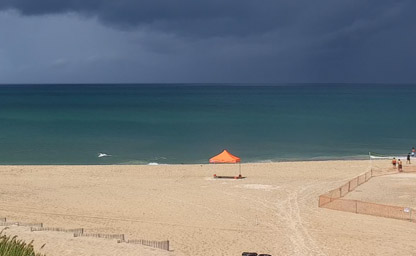
Natural and cultural resources associated with North Carolina's ocean
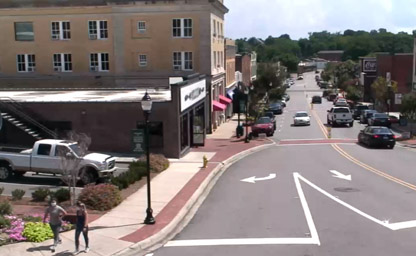
Intersection of North Main Street and Catawba Street
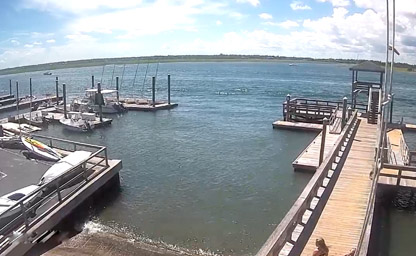
Enjoy the inviting waters, soothing sands, and picturesque surroundings
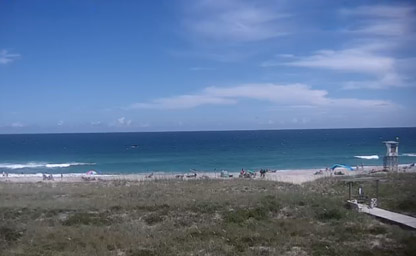
Originally called Ocean View Beach, Weather Forecast and Conditions
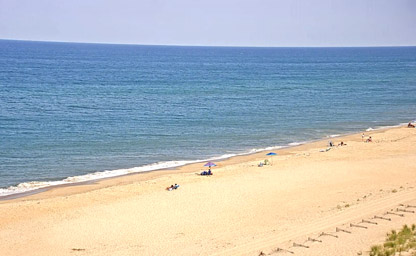
Located only minutes from Manteo and other historic sights

A picturesque mountain resort situated near Charlotte, Greenville, and Asheville
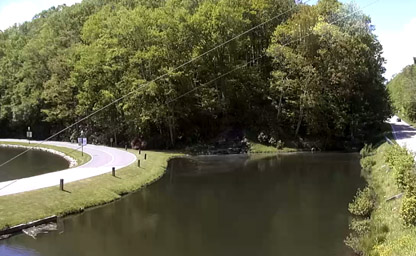
Located on the Eastern Continental Divide

Located between Mount Mitchell and Grandfather Mountain
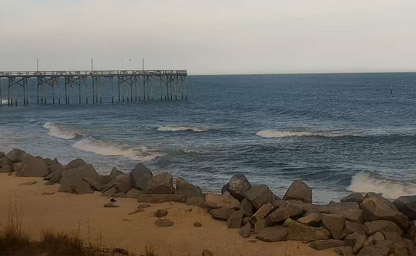
An FAA control tower and approach control in Wilmington
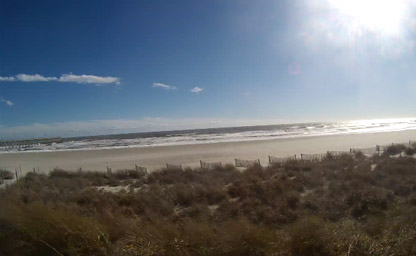
Watch the sun rise and set on the water

A simple, relaxing place with plenty of exciting activities only minutes away

A beautiful town in and the county seat of Carteret County
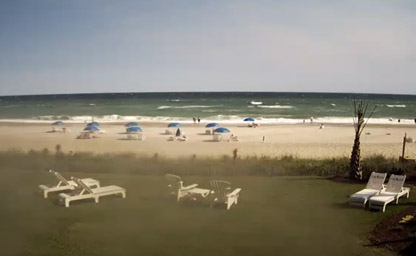
Breathtaking views of the beautiful Atlantic Ocean
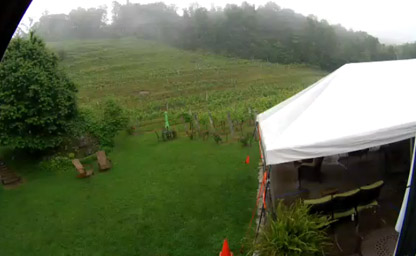
In the shadow of the beautiful Grandfather Mountain

North Carolina barrier islands known as the Brunswick Islands

We hope you enjoy our space and look forward to serving all of Greensboro

Our bar serves sandwiches, salads, smoothies and all types of espresso drinks

On the billiard side we have over a dozen new 9' Brunswick tournament tables

GCBC combines a billiard parlor, an espresso bar, and a stage

After you grab a coffee and dessert come and enjoy a night of pool on professional grade tables

Situated adjacent to Interstate 77 in Charlotte, North Carolina

The premiere entertainment and thrill ride amusement park in the Carolinas
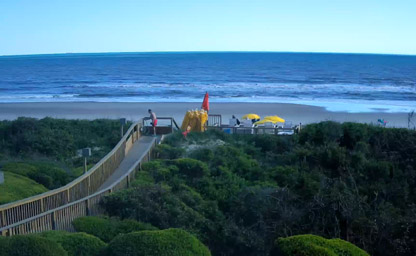
Located in Pine Knoll Shores, North Carolina
IpLiveCams provide a real-time view of the Tar Heel State’s diverse landscapes, vibrant cities, and iconic destinations. From the majestic Blue Ridge Mountains to the scenic Outer Banks, these cameras capture the natural beauty and charm of North Carolina.
Nature enthusiasts can explore live feeds from places like the Great Smoky Mountains, Chimney Rock, and Grandfather Mountain. These webcams showcase breathtaking mountain vistas, cascading waterfalls, and lush forests teeming with wildlife.
Coastal webcams along the Outer Banks and Crystal Coast offer stunning views of sandy beaches, historic lighthouses, and the rolling waves of the Atlantic Ocean. Popular spots like Cape Hatteras and Wrightsville Beach provide a glimpse of North Carolina’s seaside beauty and tranquil charm.
Urban-focused webcams in cities such as Charlotte, Raleigh, and Asheville highlight the state’s dynamic city life. Viewers can enjoy live views of bustling streets, cultural landmarks, and vibrant events that showcase North Carolina’s thriving communities.
Seasonal changes bring unique beauty to North Carolina’s live cams. Watch the fall foliage paint the mountains in vivid hues, snow dust the peaks in winter, flowers bloom in the spring, and sunny summer days unfold along the coast.
Whether you’re planning a visit, exploring North Carolina’s outdoor adventures, or simply admiring its rich landscapes and lively cities, live webcams provide an engaging and immersive way to experience the beauty and diversity of the state.
North Carolina’s history is deeply rooted in the story of early American settlement, the struggle for independence, and its evolution into a modern state. This southeastern state was one of the original 13 colonies and has a rich heritage shaped by Native American tribes, European colonization, and pivotal moments in U.S. history.
Before European exploration, the area now known as North Carolina was home to several Native American tribes, including the Cherokee, Tuscarora, and Catawba. These tribes thrived on the region’s abundant natural resources, with vibrant communities that traded, farmed, and hunted for centuries.
In 1587, the English attempted to establish the first permanent colony in North America at Roanoke Island, led by Sir Walter Raleigh. Known as the “Lost Colony,” this settlement famously disappeared without a trace, leaving behind the mysterious word “Croatoan” carved into a tree. Today, Roanoke Island is a historic site that attracts visitors eager to learn about one of history’s great mysteries.
By the 1600s, English settlers began to establish permanent communities, and in 1710, North Carolina officially split from South Carolina, forming its own colony. The state’s economy during the colonial period revolved around agriculture, particularly tobacco and cotton, which were cultivated on plantations using enslaved labor.
North Carolina played a critical role in the American Revolution. Its residents were among the first to advocate for independence from British rule, with the Mecklenburg Declaration of Independence in 1775 claiming local autonomy. The Battle of Guilford Courthouse in 1781 was a significant event in the war, demonstrating the resilience of the Continental Army against British forces.
In the 19th century, North Carolina underwent significant changes with the advent of industrialization. The state became a leader in textile and furniture manufacturing, industries that remain important to its economy. However, this period was also marked by the Civil War and its aftermath. As a Confederate state, North Carolina contributed troops and resources to the Southern cause. After the war, the state faced the challenges of Reconstruction and rebuilding its economy.
The 20th century saw North Carolina transition into a hub of innovation and education. The Research Triangle Park, established in 1959 between Raleigh, Durham, and Chapel Hill, became a center for technology, medicine, and higher education, attracting global attention. The state also played a vital role in the Civil Rights Movement, with notable events like the Greensboro sit-ins of 1960, where four African American students protested segregation by sitting at a whites-only lunch counter.
Today, North Carolina continues to celebrate its diverse history through historic landmarks like the Biltmore Estate, Wright Brothers National Memorial, and Old Salem. Its vibrant cultural heritage is evident in its music, cuisine, and festivals, making it a must-visit destination for history enthusiasts.
North Carolina’s climate is as varied as its geography, ranging from the humid subtropical conditions of its coastal regions to the cooler mountain climates in the west. This diversity creates distinct seasonal changes, offering something for every type of traveler.
Summers in North Carolina are typically warm and humid, with average high temperatures ranging from 27°C to 32°C (80°F to 90°F). Coastal areas, such as the Outer Banks, benefit from ocean breezes that provide some relief from the heat. Meanwhile, the mountains of western North Carolina, including the Blue Ridge and Great Smoky Mountains, offer cooler temperatures, making them a popular summer escape.
Autumn is one of the most picturesque seasons in North Carolina. The state’s forests, particularly in the mountains, burst into vibrant hues of red, orange, and yellow, attracting leaf-peepers from around the country. Temperatures during this time are mild and pleasant, ranging from 10°C to 25°C (50°F to 77°F), making it an ideal time for outdoor activities like hiking and exploring scenic byways.
Winters in North Carolina vary depending on the region. The coastal plain experiences mild winters with average highs of 10°C to 15°C (50°F to 59°F), while the mountains see colder temperatures and occasional snowfall, making them a destination for skiing and snowboarding. Notable ski resorts like Beech Mountain and Sugar Mountain offer excellent opportunities for winter sports enthusiasts.
Spring in North Carolina brings blooming flowers and mild temperatures, ranging from 12°C to 24°C (54°F to 75°F). This season is perfect for exploring the state’s gardens, parks, and natural beauty. The North Carolina Azalea Festival in Wilmington is a highlight of the season, celebrating the state’s vibrant flora.
One notable aspect of North Carolina’s climate is its vulnerability to hurricanes, particularly in the coastal regions. The Atlantic hurricane season runs from June to November, with peak activity in late summer and early fall. While the state has experienced significant storms, its resilience and preparedness measures ensure the safety of residents and visitors alike.
North Carolina’s geography is incredibly diverse, spanning three main regions: the Coastal Plain, the Piedmont, and the Appalachian Mountains. Each area offers unique landscapes, ecosystems, and attractions, making the state a haven for nature lovers and outdoor adventurers.
The Coastal Plain covers the eastern part of the state and is characterized by flat terrain, sandy soils, and extensive wetlands. This region includes the famous Outer Banks, a string of barrier islands that separate the Atlantic Ocean from the mainland. The Outer Banks are home to pristine beaches, historic lighthouses, and the Wright Brothers National Memorial, commemorating the first powered flight in Kitty Hawk. The coastal region is also rich in biodiversity, with wildlife refuges like Alligator River and Cape Lookout providing habitats for a variety of species.
The Piedmont region lies in the central part of North Carolina and is known for its rolling hills, fertile soils, and urban centers. Cities like Charlotte, Raleigh, and Greensboro are located in this region, making it an economic and cultural hub. The Piedmont is also home to numerous vineyards and wineries, offering wine enthusiasts a chance to explore the state’s growing wine industry.
In the western part of the state, the Appalachian Mountains rise dramatically, offering breathtaking views and a cooler climate. The Blue Ridge Mountains and Great Smoky Mountains are part of this region, providing endless opportunities for hiking, camping, and sightseeing. The Blue Ridge Parkway, often called “America’s Favorite Drive,” winds through this area, showcasing panoramic vistas and vibrant fall foliage.
North Carolina is also rich in rivers and lakes. The Cape Fear, Neuse, and Yadkin rivers are vital waterways that support agriculture, recreation, and wildlife. Lake Norman, the state’s largest man-made lake, is a popular destination for boating and fishing.
With elevations ranging from sea level to over 6,600 feet at Mount Mitchell—the highest peak in the eastern United States—North Carolina offers a variety of climates and ecosystems within a relatively small area. This geographical diversity is one of the state’s defining features and contributes to its appeal as a travel destination.
For a unique experience, plan a visit to the small town of Banner Elk in the fall. This charming mountain town hosts the Woolly Worm Festival, where caterpillars race to predict the severity of the upcoming winter. It’s a quirky and fun tradition that draws visitors from near and far.
Here’s an interesting fact: North Carolina is known as the “Tar Heel State.” While the exact origin of this nickname is debated, it is often linked to the state’s history of producing tar, pitch, and turpentine from its vast pine forests. This nickname is a point of pride for residents and a reminder of the state’s industrial roots.